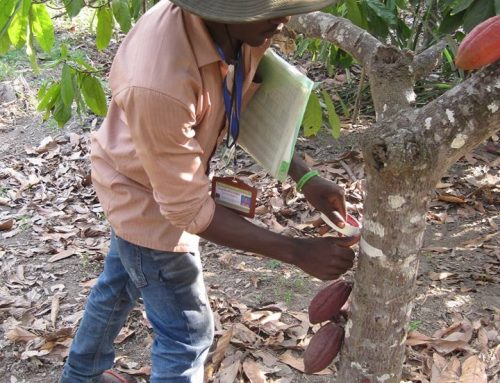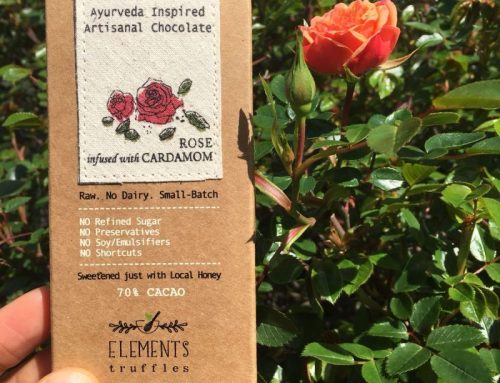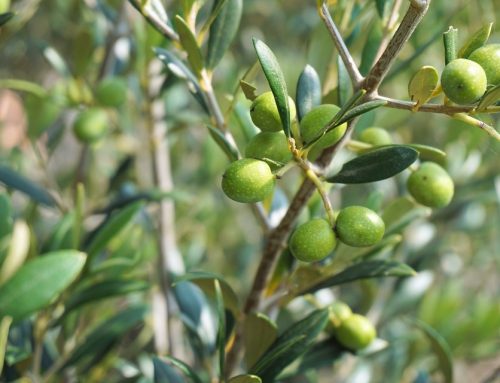Today’s chocolate has certainly evolved. Clever packaging aside, many consumers choose their chocolate of choice mainly based on cacao percentages. The percentage is often easily discerned through the bold statement on the front of the package letting you know exactly how much cacao you can expect in your chocolate bar.
But what does it really all mean? Does a higher cacao percentage mean better, tastier chocolate? It’s a matter of personal taste, really, but to better determine what cacao percentage might suit your taste buds best, you should know more about cacao and its highly prevalent role.
What Is Cacao?
Cacao is a superfood that is produced by minimally-processing the raw fruit (the “beans”) of the Theombroma Cacao at a lower temperature. Cacao is high in many key nutrients like magnesium, and is also high in antioxidants and healthy fats and proteins. Research has shown it to have a variety of health benefits including stress relief and lowering blood pressure.
Understanding Cacao Percentages
The number on the package is the percentage of the total ingredients of the particular chocolate that is pure cacao. Generally, the higher the cacao percentage, the “healthier” the bar and the terroir flavor notes of the cacao are more pronounced.
So What About the Remaining Percentage?
Other ingredients in the chocolate bar that make up the remaining percentage. For example, in an 85% cacao bar, the remaining 15% are non-cacao ingredients. These ingredients often include sugar, milk, vanilla and lecithin. From a high-level, these additional ingredients are less “healthy” than the cacao, so the fewer and lower percentage of these additional ingredients, the healthier and less sweet the bar.
What Is the Cacao Percentage in Different Types of Chocolate?
Unsweetened chocolate, typically used for cooking or baking, can have a cacao percentage of anywhere from 85 percent to 99 percent. The higher the percentage, the less sweet the chocolate will be. However, higher percentages also produce a stronger chocolate flavor.
Bittersweet chocolate can have a cacao percentage that ranges from 35 percent to 84 percent. Understanding that the higher the percentage, the less sugar is utilized. This means that bittersweet chocolate can vary widely in flavor, so if you like sweet, you’ll want a lower cacao percentage number.
Milk chocolate contains not less than 10 percent chocolate liquor and 12% milk solids. The remaining ingredients may be sugar and spices. No other fats (aside from the cacao) are normally allowed in milk chocolate.
Other Criteria in a Good Bar of Chocolate
Once you know your preference for cacao percentages, you’ll be able to better find chocolate that you truly like. However, the cacao percentage isn’t the only important factor. Where the cacao is grown impacts the flavor profile of the chocolates. This why the origin of the chocolate is also often noted alongside the cacao percentage. Different origins, like wine and coffee, are associated with different flavor notes. Try a few different origins of high-percentage cacao chocolate and compare. Tastings are offered at specialty shops and are a fun way to explore which origins you like best.
.
Sources:
https://www.registrarcorp.com/fda-chocolate-standard-identity/
http://www.activebeat.co/diet-nutrition/cacao-vs-cocoa-6-sweet-ways-to-tell-the-difference/5/
http://www.vanillaqueen.com/cacao-percentages/
https://www.thespruce.com/nutritional-benefits-of-raw-cacao-3376453






